Yemen is a country in Asia, but it is often mistakenly regarded as an African country. Just across the sea from it is the well-known coffee-producing area of Ethiopia in Africa, and it is also a key port for Ethiopia to access Africa. The Yemen Mocha is one of the oldest coffee-producing and transshipment areas in the world. In the 15th century, coffee beans were mainly concentrated in the Mocha port and then exported outward, so the coffee beans exported from the Mocha port at that time were called Mocha coffee.
The full name of Yemen is the Republic of Yemen. It is a country located at the southwest end of the Arabian Peninsula. It borders Saudi Arabia in the north, the Arabian Sea and the Gulf of Aden in the south, Oman in the east, and looks at Ethiopia, Somalia, Djibouti and other places on the African continent across the Mandeb Strait to the west. The land area of Yemen is 528,000 square kilometers. The terrain of Yemen can roughly be divided into five parts: mountains, plateaus, coastal plains, desert areas, and islands. The southern part of Yemen belongs to a tropical arid climate, with two seasons in a year, cool and hot. From April to October is the hot season, with an average temperature of 37 ℃; from November to March is the cool season, with an average temperature of 27 ℃. The climate in the northern part of Yemen is more diverse. The east side gently sloping into the Rub’ al-Khali Desert is a desert and semi-desert area, with a dry and hot climate and less rain; the west side of the Red Sea coast is the Tihama area, with a hot and humid climate. The summer temperature is generally 35-40 ℃, and the humidity is generally 80 %-90 %. The annual rainfall is below 400 millimeters, which is the area with the most precipitation on the Arabian Peninsula.
Yemen is a typical resource-based country, and oil and natural gas are its main natural resources. The arable land area suitable for cultivation in the Republic of Yemen is about 3.62 million hectares. The whole country has an average of 0.24 hectares of arable land per capita. Agriculture and fishery are one of the main industries in Yemen and are also the most important source of exports besides oil.
The main crops in Yemen are wheat, corn, barley, etc., and the main economic crops are fruits, coffee, sesame, tobacco, and dates, etc. Agriculture accounts for about 18% of the gross national product of Yemen. Coffee has always been a traditional export product of Yemen. The Yemeni coffee originates from the Arab coffee trees several hundred years ago and all comes from areas above an altitude of 3,000 feet.
The unique planting and production methods of Yemeni coffee have hardly changed. The seedlings of coffee trees are cultivated in the nursery and then transplanted to high-altitude areas. During the planting process, no pesticides or chemical fertilizers are used. After the mature coffee beans are naturally dried on the coffee trees, after being shelled with a stone mill, the workers repeatedly select and clean the grains to obtain coffee beans with regular shapes, uniform sizes, and colors ranging from light green to tan, and with a strong and lasting fragrance.
The coffee in Yemen is mainly cultivated in the central highlands, and there are many coffee varieties, most of which are named after the place of origin and type. The main coffee varieties grown in Yemen are Typica and Bourbon, and there is also an ancient Typica variety named Udaini. The coffee harvest period is from October to December. The coffee producing areas in Yemen are named after the official provincial names, and several administrative regions produce more famous coffee.
Sana’a
Located in the Sana’a basin between the Abang Mountains and the Najam Mountains, it is the largest coffee-producing area in Yemen, with an average altitude of 2,200 meters. The coffee harvest period is generally from October to December. Many of the exported coffee comes from this area, and Madali is a famous coffee market in the local area.
Raymah Province
With an average altitude of 1,850 meters, the coffee harvest period is also from October to December. This is also a key producing area in the water resource management plan implemented by non-governmental organizations.
Mahweet Province
It is a distribution center before coffee is exported from the seaport. In the 15th-18th centuries, it was an important hub city for coffee production, located in the south of Sana’a, with an altitude of 1,500-2,100 meters.
Sa’dah Province
With an altitude of 1,800 meters, it is adjacent to Saudi Arabia in the north. This place suffered significant losses due to the civil war in 2004.
The coffee beans produced in Yemen belong to the Arabica variety. The volume of Mocha beans is smaller than that of ordinary coffee beans, but it contains distinct characteristics. In particular, the distinct acidity is often mixed in the coffee as a role to enhance the taste, so it is known as the red wine in coffee, and the fragrance and acidity are both unforgettable.
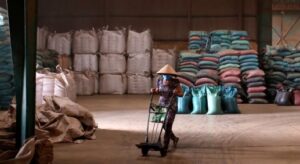
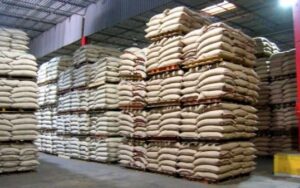





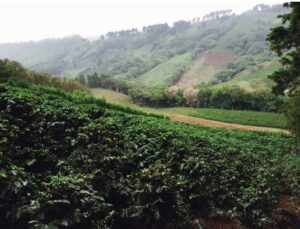



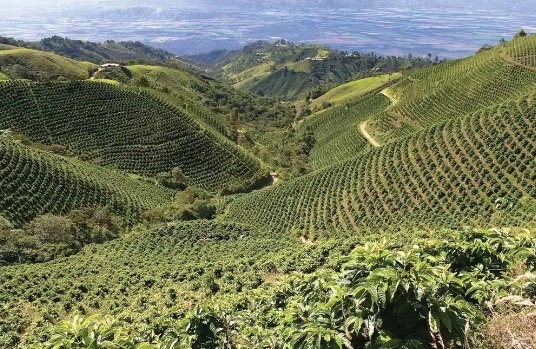
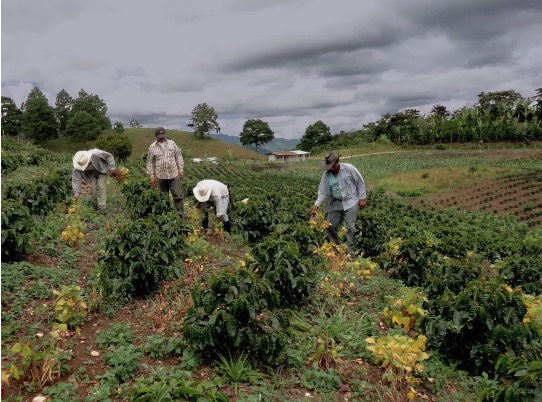
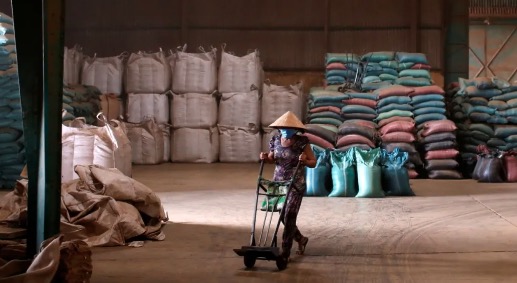
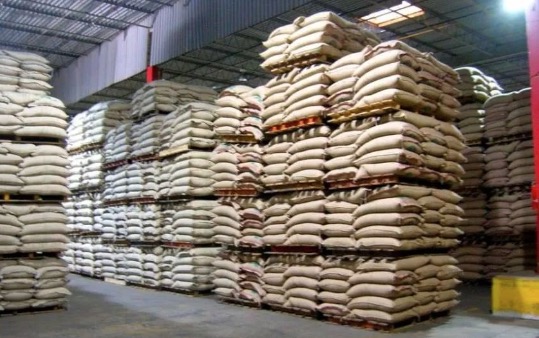


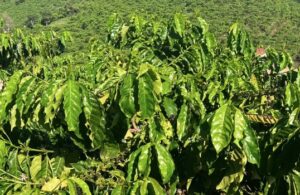




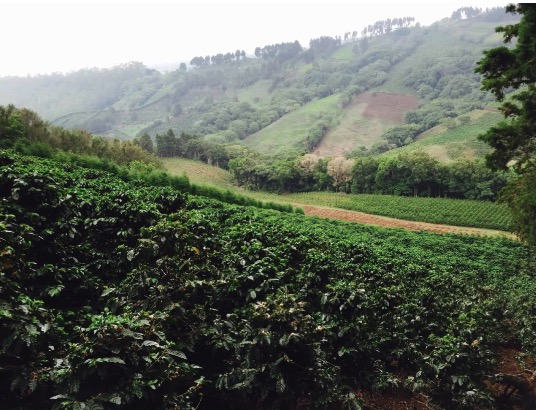
+ There are no comments
Add yours